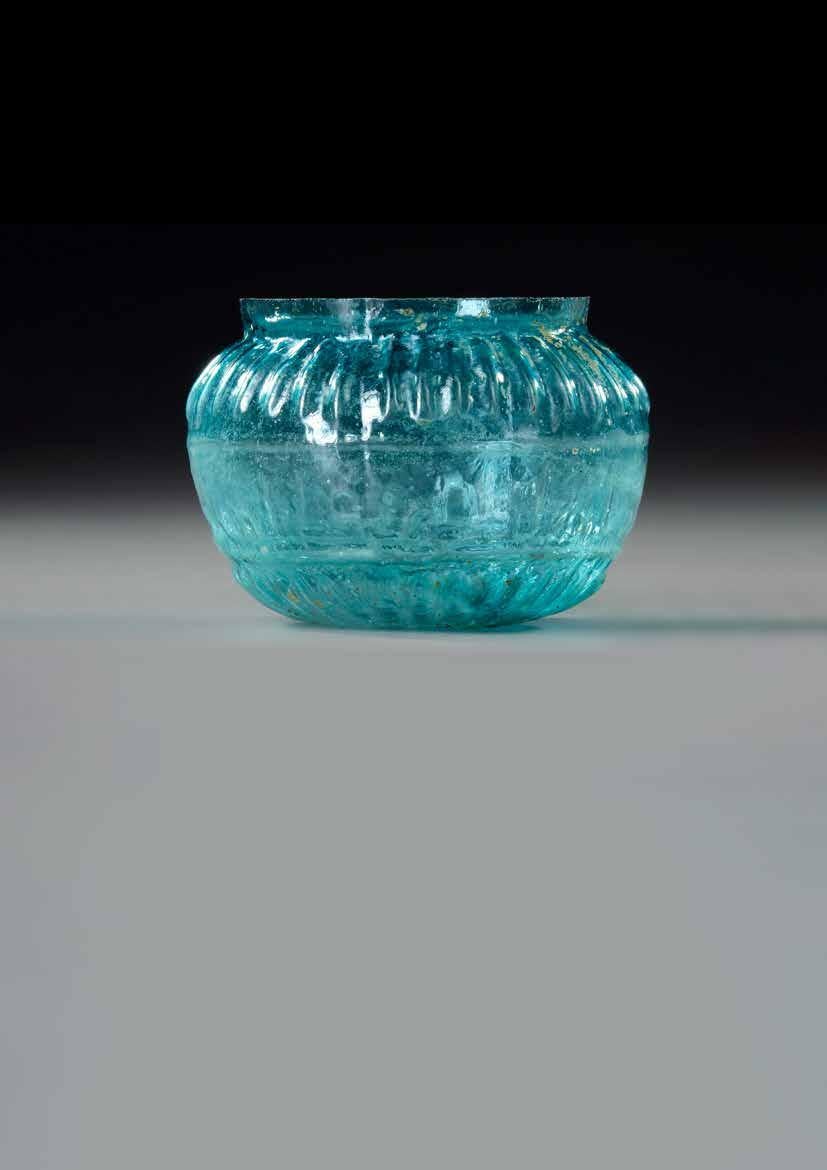
1 minute read
AN OTTOMAN METAL-THREAD EMBROIDERED MAHMAL AND BANNERS
The lower cubic section surmounted by canopy in the form of a pyramid, one side with opening, of red and green silk profusely embroidered with silver and gilt-silver thread to each side of the lower section with a large cartouche surrounded by vines and floral sprays, above inscription-filled panels, the border with a band of interlocking palmette motifs; the upper section to one side with cartouches containing tughra and inscriptions, above further inscription filled cartouche, surrounded by vines and floral interlace, the borders with interlocking palmette motifs, with four loose panels embroidered with two bands of inscription. This mahmal tent bore a silver sphere atop of each of the four fascades. In the bands around the lower section in gold wires on green, the Quran 2, surah Al-Baqarah, verse 255 in large thuluth script.
Cartouches of the upper section enclosing the tughra of Mamud II with v.56 of surah Al-Ahzab. 280 by 135 by 150 cm.
Advertisement
Catalogue Note
The most noticeable differences between this Mahmal and these from the the Egyptian ones, are their composition and embroidery. This Mahmal is more embellished and striking. while the preferred color of the earlier Mahmals was black, the later preference was for green. Originally commissioned by Sultan Mahmud II, the 30th Sultan of the Ottoman Empire from 1808 until his death in 1839.
The Mahmal is adorned with fine handcrafted and embroidered decoration made with heavy and elegant silver and gold thread calligraphy backed with red, green, and yellow silk. The Mahmal is a ceremonial palanquin which accompanied the pilgrim caravan on route to Mecca during the Hajj. Produced each year, or sometimes reused like the present lot, it represented the authority of the Sultan over the holy places. It was mounted on the back of a camel, forming a symbolic centrepiece for the pilgrims, and housed a copy of the Quran. The first mahmal was sent by the Mamluk Sultan from Egypt in 1266 AD. A later description by the fifteenth century encyclopaedist al-Qaqashandi describes ‘a tent made of embroidered yellow silk and topped by a spherical finial’, and the earliest surviving example in the Topkapi Palace commissioned by Sultan al-Ghawri (d.1516) is also yellow, the dynastic colour of the Mamluks. Later Ottoman examples, such as one in the Khalili Collection dated to c.1867-76, adopt the same colour scheme of red and green as the present lot. (Venetia Porter (ed.), Hajj, journey to the heart of Islam, British Museum exhibition catalogue, London, 2012, pp. 140-141).
Following the Hajj the mahmal was brought back to Cairo by the returning caravan, and the camel which had carried it to Mecca was rewarded for its hardship by being excused from labour for the rest of its life.
Lot 183










